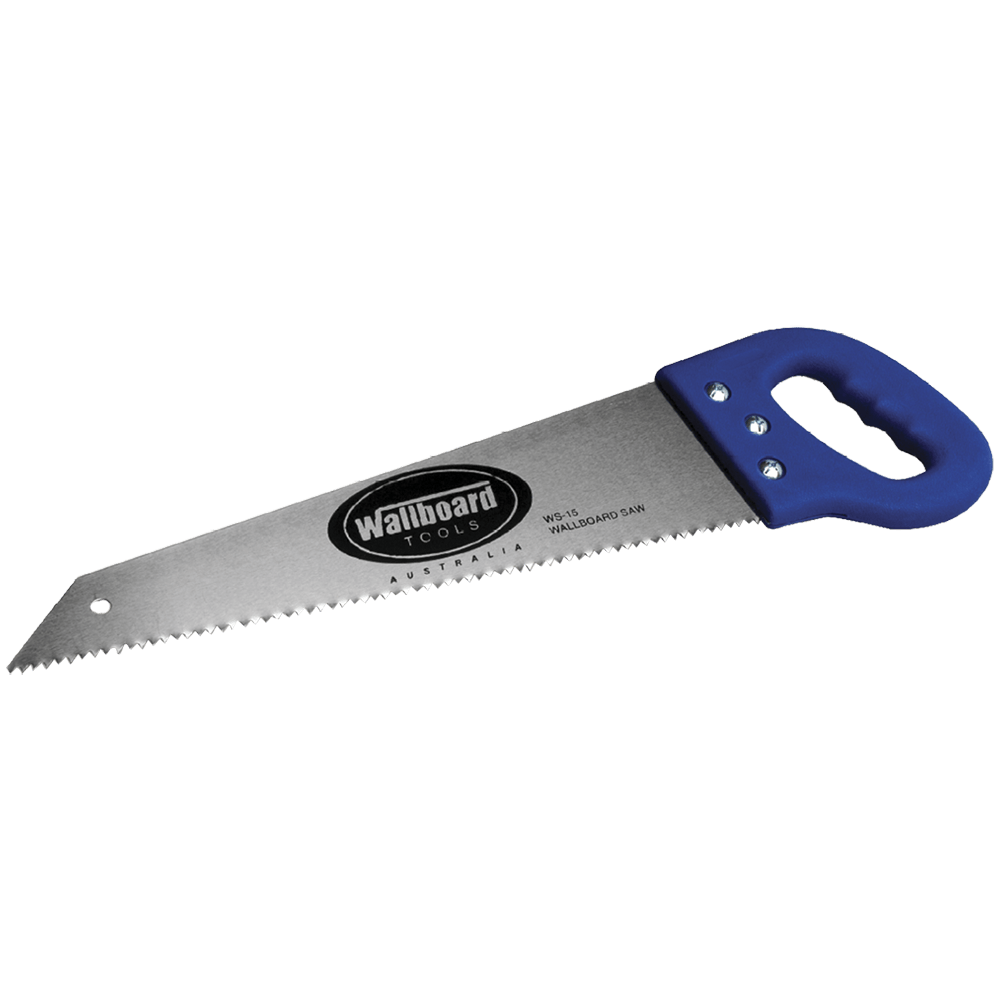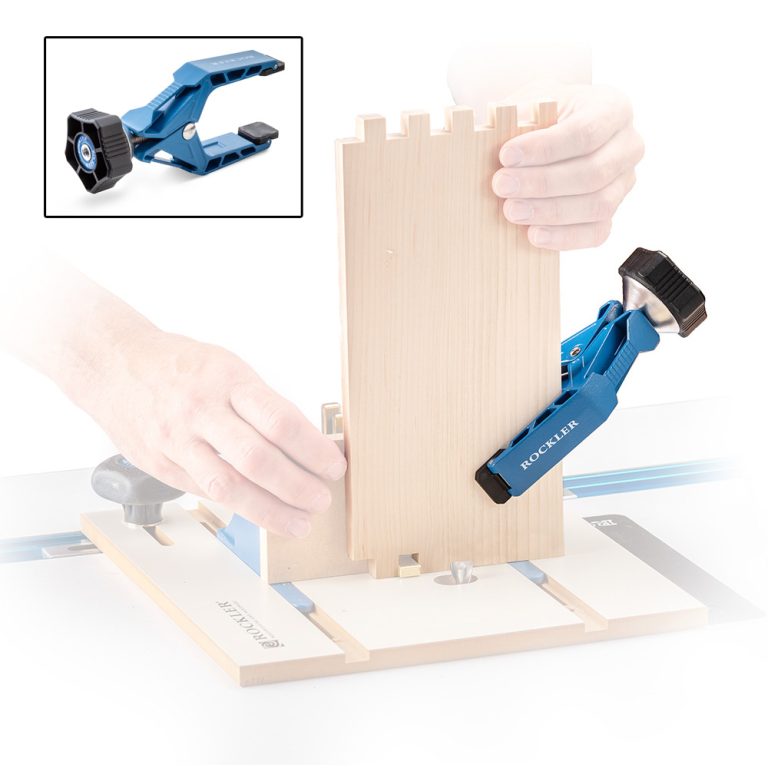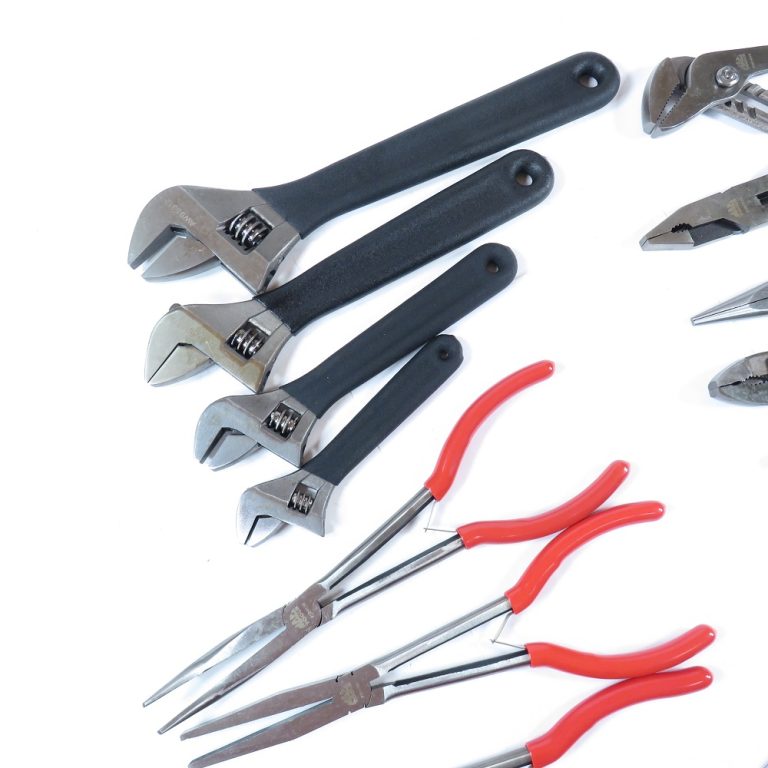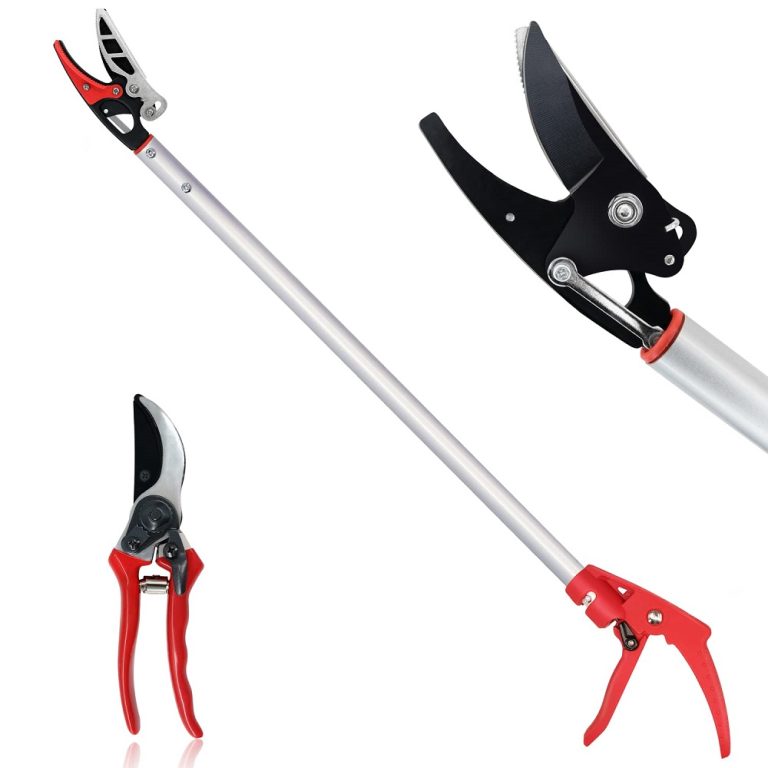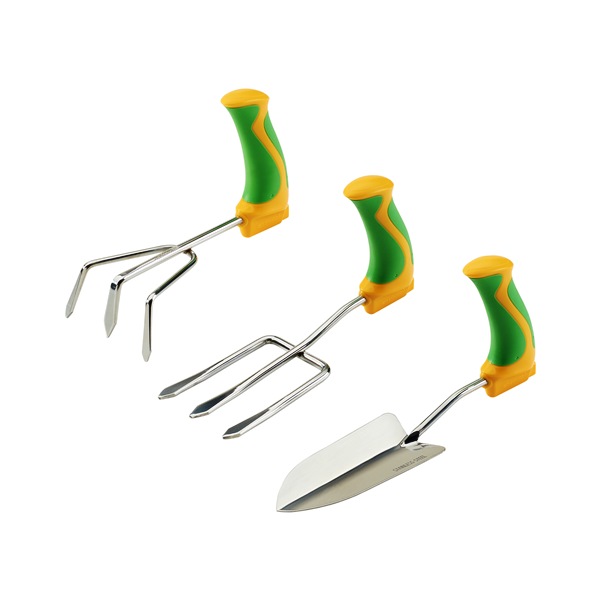Types of Saw Tools and Their Uses
Understanding the types of saw tools and their uses is crucial for every project. Choosing the correct tool increases efficiency and ensures quality results. Let’s explore their purposes and main features.
Hand Saws: Traditional and Versatile
Hand saws are simple yet essential tools in woodworking and construction. They don’t require electricity, making them portable and ideal for remote work. Traditional hand saws have been used for centuries and remain vital in many workshops.
Common types of hand saws include:
- Crosscut Saw: Perfect for cutting across wood grain with precision.
- Rip Saw: Designed to cut along the wood grain.
- Coping Saw: Great for intricate cuts and curved shapes.
- Back Saw: Known for fine, precise cuts, often used in joinery.
Hand saws are versatile, making them suitable for beginners and experts alike. These tools work best on smaller tasks or when detailed craftsmanship is necessary.
Power Saws: Efficiency and Precision
Power saws are a game-changer for projects requiring speed and accuracy. They use electricity or battery power, reducing manual effort and saving time. Power saws are essential for professional work and larger projects.
Popular types of power saws include:
- Circular Saw: Great for straight, fast cuts on wood, metal, and plastic.
- Miter Saw: Ideal for precise angle cuts, often used for trim and molding.
- Jigsaw: Perfect for cutting curves and detailed shapes in wood or metal.
- Table Saw: Best for repetitive, straight cuts on large materials.
Power saws come with advanced features, making them reliable and user-friendly. They’re designed for efficiency, offering consistent results in less time.
Knowing the strengths of hand and power saws helps you choose the right tool for any job. The right saw enhances your workflow and ensures smooth project completion.
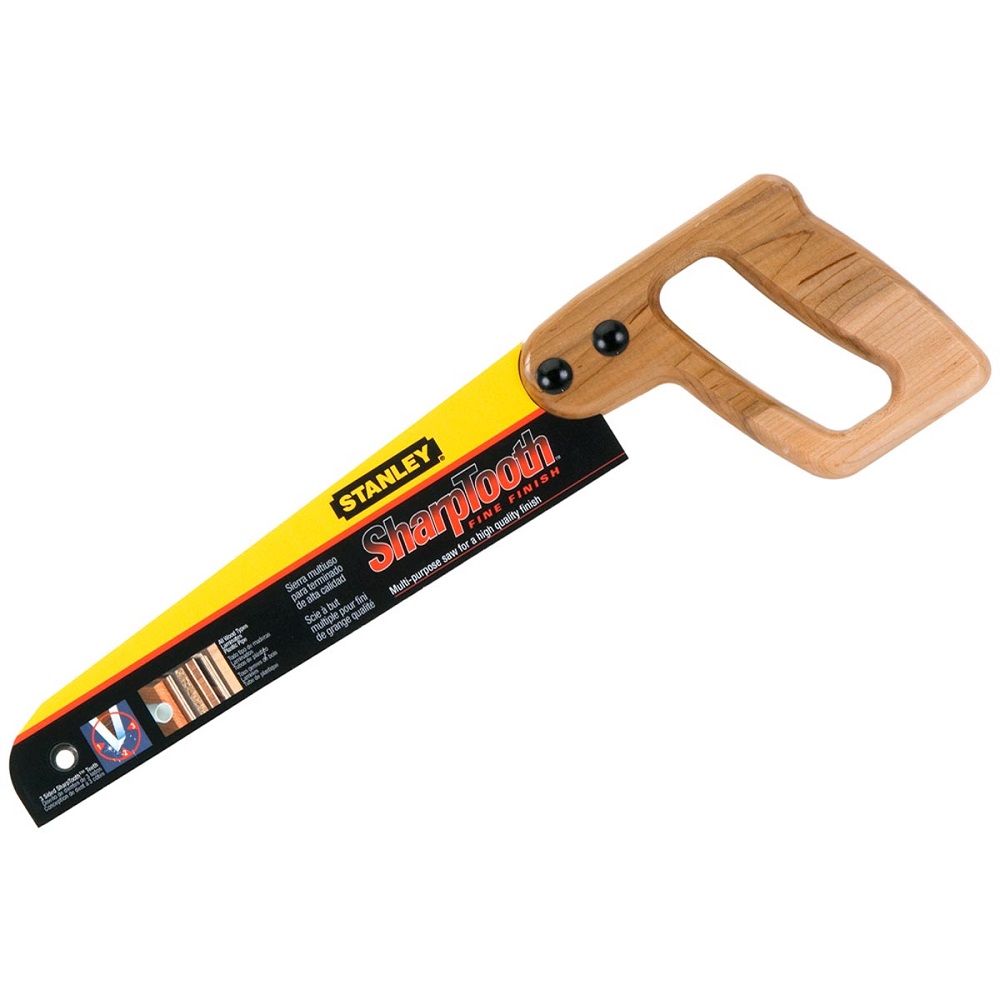
Choosing the Right Saw for Your Project
Selecting the right saw tool is key to completing your project efficiently and accurately. Different projects demand specific saw types, and understanding their strengths makes all the difference.
Factors to Consider: Material and Design
Before choosing a saw, consider the material you are working on. Wood, metal, or plastic each demands specific styles of saw tools. For example:
- Crosscut saws work best for wood grain.
- Circular saws are ideal for thicker materials like metal and plastic.
Design is another critical factor. Lightweight designs are great for extended projects, reducing fatigue. Ergonomic handles provide better grip, ensuring accurate cuts.
Think about project size too. Smaller tasks may call for hand saws, like coping saws for detailed cuts. Larger projects often require the speed of power saws like table saws.
Comparing Hand Saws vs. Power Saws
Choosing between hand saws and power saws largely depends on project scope and efficiency.
- Hand saws are quiet, simple, and perfect for craftsmanship or small tasks. Their portability suits remote projects. However, they demand more physical effort and time.
- Power saws are faster and more precise, especially for repetitive large tasks. They save time and reduce effort but require electricity or batteries, limiting portability.
For beginners or light work, hand saws may be enough. Professionals may benefit from power saws for enhanced productivity. Evaluate your needs carefully to pick the right tool for your project.
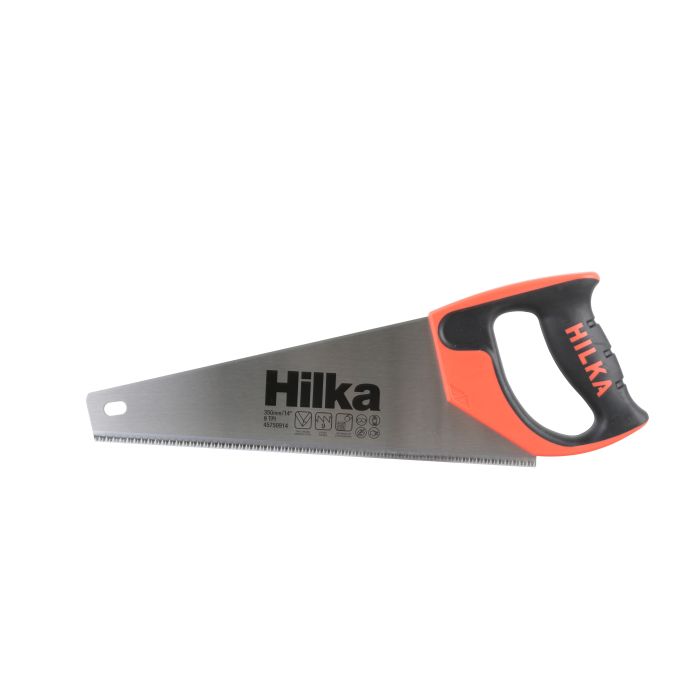
Essential Saw Tools Every Workshop Needs
Every workshop needs reliable saw tools for precision cutting and efficiency. These tools are essential for crafting, construction, and renovation tasks. Here are the must-have saw tools for any workshop setup.
The Must-Have Hand Saws
Hand saws are timeless tools that every workshop should have. They work without electricity, making them perfect for portability and smaller projects. Key hand saw types include:
- Crosscut Saw: Useful for cutting across wood grain with stability and accuracy.
- Rip Saw: Excellent for shaping wood along its grain.
- Coping Saw: Ideal for intricate cuts and detailed curves.
- Back Saw: Designed for precise joinery and fine cuts.
These saws are affordable, easy to use, and great for detailed craftsmanship. Workshops focused on smaller or custom projects benefit significantly from their versatility.
Key Power Saw Tools for Professionals
Power saws are vital for high-speed, professional-grade cutting. They help complete large tasks quickly and with great precision. Popular power saws you should include in your workshop are:
- Circular Saw: Suitable for straight cuts in wood, metal, or plastic.
- Miter Saw: Helps make accurate angle cuts for frames and moldings.
- Jigsaw: Provides control for cutting unique shapes and curves.
- Table Saw: Perfect for repetitive cuts on larger materials.
These power saws save time and energy, making them ideal for both professionals and serious DIY enthusiasts. Their advanced features guarantee accuracy and durability during long-term use.
Investing in both hand and power saw tools ensures your workshop is ready for diverse projects.
Maintaining and Sharpening Your Saw Tool
Proper maintenance and sharpening of saw tools are essential for optimal performance and longevity. Neglected tools can lead to inefficient cutting and potential hazards. By dedicating time to care for your saws, you can maintain quality and efficiency in your projects.
Best Practices for Hand Saw Maintenance
Maintaining hand saws ensures they remain effective and safe to use. Follow these best practices:
- Clean Blades After Use: Wipe blades with a dry cloth to remove dust and debris.
- Apply Protective Oil: Use light oil to prevent rust and corrosion on the blade’s surface.
- Store Properly: Store hand saws in dry areas to avoid moisture exposure.
- Check Handles Regularly: Tighten loose handles to maintain a firm grip while cutting.
- Inspect for Damage: Regularly check for bent or worn blades, and replace when necessary.
Routine cleaning and inspection extend the lifespan and reliability of hand saws.
Sharpening Techniques for Long-Term Efficiency
Sharp saws deliver precise cuts and enhance productivity. Use these sharpening techniques to maintain their performance:
- Choose the Right File: Use a file specifically designed for your saw’s tooth type.
- Secure the Saw: Place the saw in a vise to keep it steady during sharpening.
- Sharpen Each Tooth Equally: File each tooth with consistent pressure and angle for uniform sharpness.
- Set the Teeth: Use a saw set tool to align teeth spacing for accurate cuts.
- Test the Sharpness: After sharpening, test the saw on scrap material to ensure proper cutting efficiency.
Following these techniques keeps saw tools in excellent condition for long-term use. Prioritize maintenance to save time and improve results.
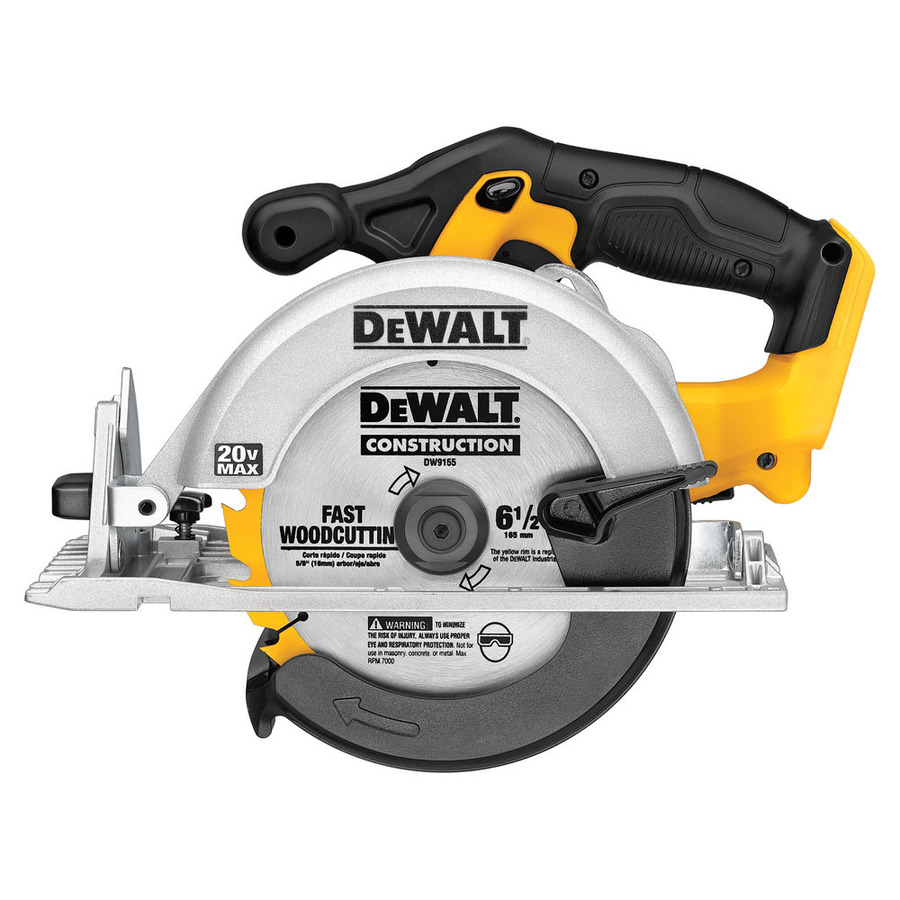
Safety Tips for Using Saw Tool
Using saw tools safely is crucial to avoid accidents and injuries. Proper precautions ensure a safe and efficient working environment. Let’s delve into safety essentials.
Protective Gear to Wear
Wearing the right protective gear minimizes risks while using saw tools. Always equip yourself with:
- Safety Goggles: Protect your eyes from dust, debris, and flying particles.
- Cut-Resistant Gloves: Ensure a firm grip and protect your hands from accidental cuts.
- Ear Protection: Reduce noise exposure when using loud power saws.
- Dust Mask or Respirator: Prevent inhalation of dust and harmful particles, especially during long projects.
- Steel-Toe Boots: Protect your feet from heavy tools or falling materials.
- Work Apron or Vest: Shield your clothing and body from sharp debris.
Always confirm your protective gear is in good condition before starting any work.
Safe Handling and Operation Guidelines
Follow these handling and operational tips to use saw tools efficiently and safely:
- Inspect Tools Before Use: Check for damage, loose parts, or dull blades.
- Read the Manual: Understand the specific operating instructions for the saw.
- Secure Your Work Materials: Use clamps or vices to keep materials stable while cutting.
- Maintain a Firm Grip: Always hold the saw with both hands for better control.
- Avoid Loose Clothing: Prevent clothing from snagging on moving parts.
- Work in a Well-Lit Area: Ensure visibility for precise cuts and better safety.
- Keep Hands Away from Blades: Use push sticks or guides for cuts close to the blade.
- Unplug Power Saws When Changing Blades: Always disconnect power before adjustments.
- Use Proper Cutting Techniques: Let the saw do the work—avoid forcing it through materials.
- Clean the Workspace: Remove dust and debris to prevent slipping or tripping.
By following these safety tips, you can minimize risks while working with saw tools. Always prioritize safety to ensure a smooth project experience.
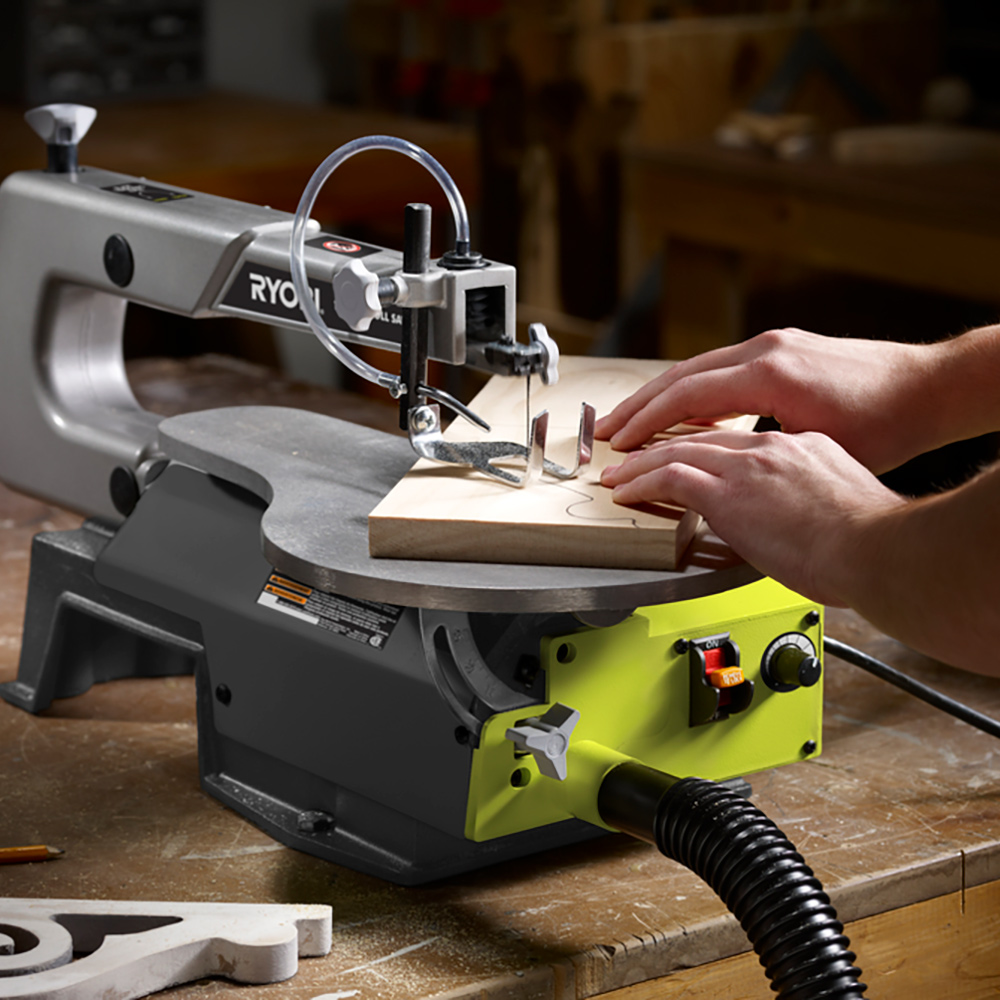
Innovations in Saw Tool Technology
The world of saw tools is evolving with the advancement of technology. Manufacturers now focus on integrating innovative features to improve efficiency, accuracy, and ease of use. These innovations make saw tools more reliable and suitable for modern-day needs.
Latest Features in Modern Saw Tools
Modern saw tools come equipped with cutting-edge features that enhance performance and user experience. Some noteworthy advancements include:
- Laser Guides: Help achieve straight, accurate cuts by projecting a guiding line onto the material.
- Dust Collection Systems: Minimize mess and promote cleaner workspaces by collecting sawdust during operation.
- Variable Speed Control: Offers flexibility to adjust cutting speed based on material type and thickness.
- Anti-Vibration Handles: Reduce hand fatigue, ensuring better control and comfort during extended use.
- Brushless Motors: Deliver better power efficiency, longer tool life, and reduced maintenance compared to traditional motors.
- Safety Features: Include automatic blade brakes and overload protection to prevent accidents and tool damage.
These features cater to both professionals and DIY enthusiasts, making work easier and results more accurate.
Smart Saws: Automation and Advanced Capabilities
Smart saw tools represent the future of woodworking and construction. These tools incorporate advanced technology to automate and optimize various functions. Let’s explore their benefits:
- Bluetooth Connectivity: Allows remote control and monitoring of saw settings through mobile apps.
- AI-Powered Precision: Uses sensors and AI to detect material properties and adjust cutting parameters for flawless results.
- Integrated Memory: Stores cutting patterns and settings for repetitive tasks, saving time.
- Self-Sharpening Mechanisms: Ensures blades stay sharp without manual intervention, improving efficiency.
- Automatic Calibration: Maintains consistent performance by auto-correcting positioning and alignment.
Smart saws are transforming traditional workflows, improving productivity, and minimizing errors. These high-tech tools are especially beneficial for large-scale projects or highly detailed woodworking tasks.
With such innovations, saw tools are becoming indispensable in achieving precision and productivity in every project.
Budget-Friendly Options for Saw Tools
Not all saw tools need to be expensive to deliver quality results. Affordable options can offer performance while saving money, especially for beginners or budget-conscious users.
Top Affordable Hand Saws
Hand saws are great for low-cost yet reliable cutting tasks. Here are some budget-friendly picks:
- Crosscut Saw: Affordable and efficient for cutting wood grain with precision, perfect for regular woodworking.
- Rip Saw: Economical option for cutting along the wood grain with consistent results.
- Coping Saw: Inexpensive and ideal for detailed, intricate curves on small projects.
- Back Saw: Low-cost choice for precise joinery and fine cuts, popular in carpentry.
These hand saws deliver solid performance without straining your wallet. They are durable, easy to maintain, and perfect for smaller tasks.
Power Saws That Won’t Break the Bank
Power saws can also be affordable, offering efficiency without compromising quality. Check out these cost-efficient options:
- Circular Saw: Budget-friendly and versatile for straight cuts on various materials like wood and plastic.
- Jigsaw: Affordable for cutting curves and complex shapes, great for DIY enthusiasts.
- Miter Saw: Competitive pricing with excellent precision for angle cuts on frames and moldings.
- Compact Table Saw: Smaller, economical models are ideal for repetitive straight cuts at home workshops.
These power saws have a balance of functionality and affordability, catering to DIY beginners and small-scale professionals. Choose wisely based on your project needs and budget.
Investing in affordable saw tools can provide long-term value without draining your finances. Smart choices ensure quality results at a lower cost.
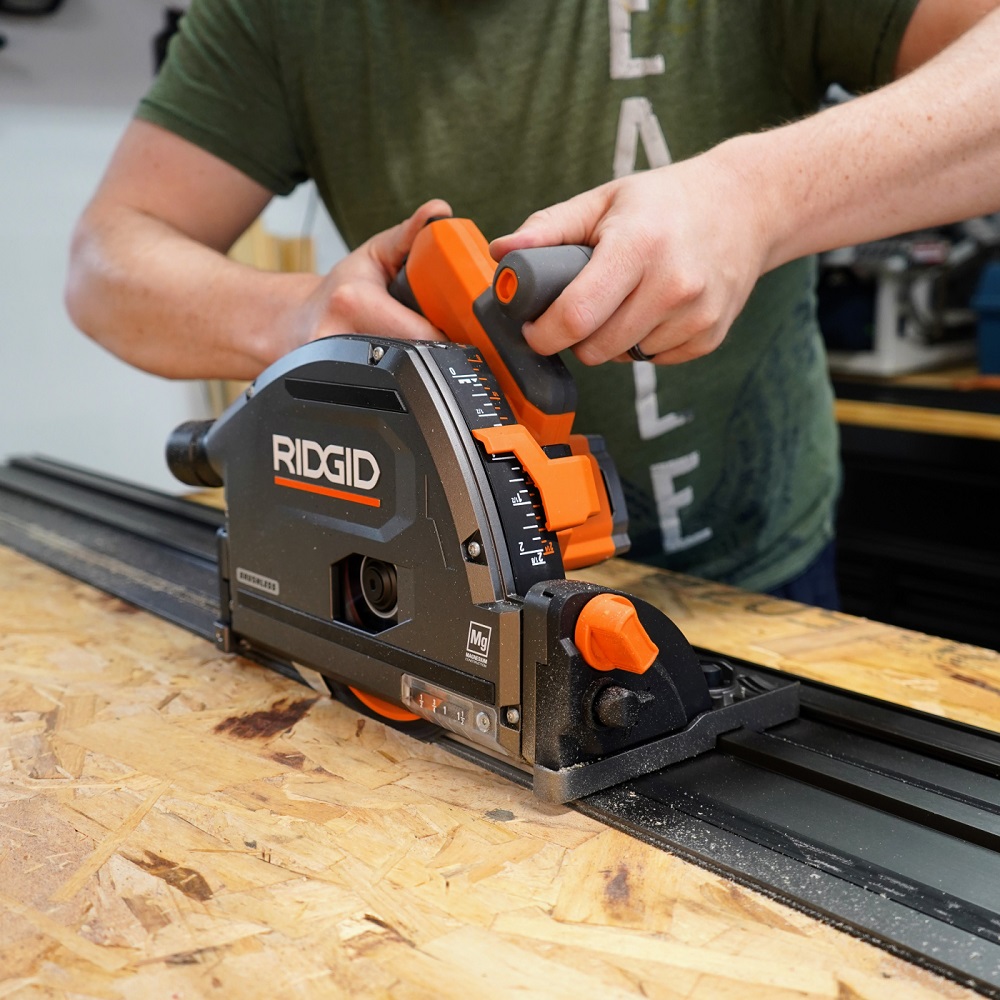
Conclusion
Investing in the right saw tools is vital for achieving success in various woodworking and construction projects. Understanding the different types of saws, their features, and the accessories needed to enhance their effectiveness is crucial for both beginners and experienced users.
Prioritizing comfort and usability while selecting saws will lead to a more enjoyable experience. Regular maintenance, proper storage, and the use of safety gear will ensure that your tools remain functional and safe for years to come.
Finally, the journey of discovering the ideal saws for your needs is a valuable one. Embrace the learning process and enjoy the satisfaction of completing tasks with the confidence that comes from having the right tools. With the right saw tools in your arsenal, you can tackle any project with ease and precision.
